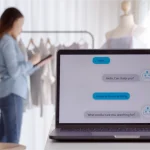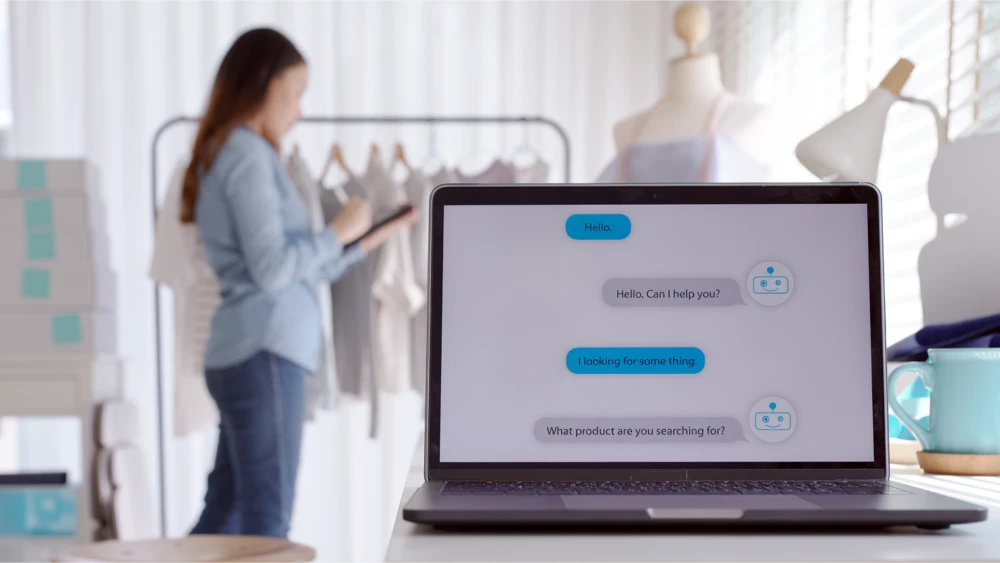
Onboarding new employees has always been one of the toughest challenges for U.S. SMB retailers. High turnover, seasonal hiring, and complex store operations make it hard to get new staff up to speed quickly.
The result? New hires often take weeks before they can work independently, and managers lose hours repeating the same instructions. But it doesn’t have to be this way.
In this article, we’ll break down retail onboarding best practices that help SMB retailers cut ramp-up time, reduce manager workload, and deliver a consistent customer experience.
👉 Want to see how onboarding can be cut in half? Start Free Trial
Why onboarding is critical in retail
Retail is unique. Unlike many industries, it faces:
- High turnover rates → 60%+ annually for frontline roles.
- Seasonal hiring surges → sudden spikes during holidays.
- Customer-facing complexity → employees must know policies, products, and procedures immediately.
Without effective onboarding, retailers risk:
- Inconsistent service across stores.
- Higher error rates at checkout and inventory.
- Frustrated managers overwhelmed with questions.
👉 Related: 5 Biggest Retail Training Challenges (and How to Fix Them)
The cost of slow onboarding
Every extra week a new hire spends “learning the ropes” impacts the bottom line:
- Lost productivity → fewer sales, slower operations.
- Higher manager workload → time spent shadowing instead of leading.
- Lower retention → poorly onboarded employees quit faster.
Studies show that effective onboarding increases employee retention by 82% and improves productivity by over 70%.
Best practices to accelerate onboarding
- Standardize SOPs and policies
Create clear, accessible documents that every employee can use. - Use a blended approach
Combine short in-person training with self-service access to answers. - Train in the flow of work
Let employees learn by doing, supported by instant access to knowledge. - Measure and adapt
Track where employees struggle and update SOPs accordingly.
👉 Related: Knowledge Management in Retail: How SMBs Can Keep Teams Aligned
How AI makes onboarding faster and smarter
Traditional onboarding relies on long manuals or LMS courses. AI flips the model:
- Instant Q&A: New hires ask questions in natural language and get immediate answers.
- Consistent responses: No matter which store or manager they ask, answers are always the same.
- Mobile-first access: Employees can check procedures on the shop floor.
- Analytics: Managers see which topics cause the most confusion and adjust training.
BucketsAi makes onboarding a real-time experience rather than a one-time training event.
👉 Related: From SOPs to Instant Answers: A Smarter Way to Train Store Staff
Real-world examples of retail onboarding done right
- Pet stores: New employees learn grooming policies directly from uploaded SOPs.
- Fashion boutiques: Associates check size guides and return policies while serving customers.
- Grocery stores: Cashiers ask compliance-related questions about ID-checks for alcohol sales.
- Convenience chains: Night-shift staff access opening/closing checklists without manager oversight.
These scenarios show how AI-driven onboarding cuts training time while reducing mistakes.
Don’t waste days building training courses.
BucketsAi turns the documents you already have into instant, conversational answers your team can use right away.
Faster answers, less stress
With BucketsAi employees get the right answer in seconds—without chasing managers or digging through files.
Free your managers’ time
BucketsAi answers repetitive questions automatically, giving managers back hours each week to focus on customers and growth.
Consistency across every store
BucketsAi ensures every team member, in every location, gets the same clear instructions—improving service and reducing mistakes.
FAQs
Q1: How fast can onboarding be with AI?
SMB retailers using BucketsAi report reducing onboarding time by up to 50%.
Q2: Do we still need managers for onboarding?
Yes — but instead of repeating policies, managers focus on coaching and culture.
Q3: Can BucketsAi handle different store policies?
Yes. With tags and buckets, you can control access by role or location.
Q4: What if my team speaks different languages?
BucketsAi answers in the language of the user, even if documents are in another language.
Conclusion & Next Steps
Onboarding doesn’t have to take weeks. By standardizing knowledge, supporting self-service answers, and using AI to provide instant guidance, SMB retailers can:
- Cut onboarding time in half.
- Reduce manager interruptions.
- Deliver consistent service across all stores.
BucketsAi makes it easy: upload your documents, invite your team, and start seeing results in the first week.









